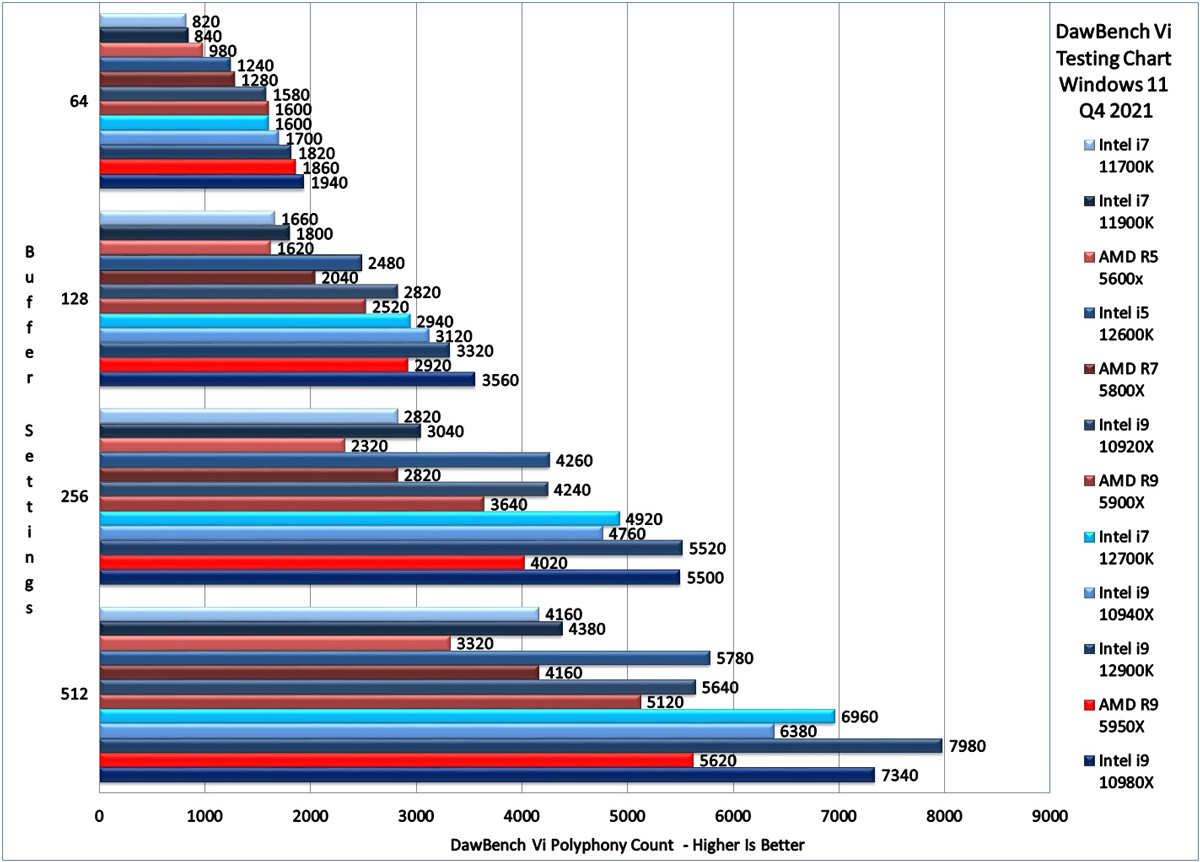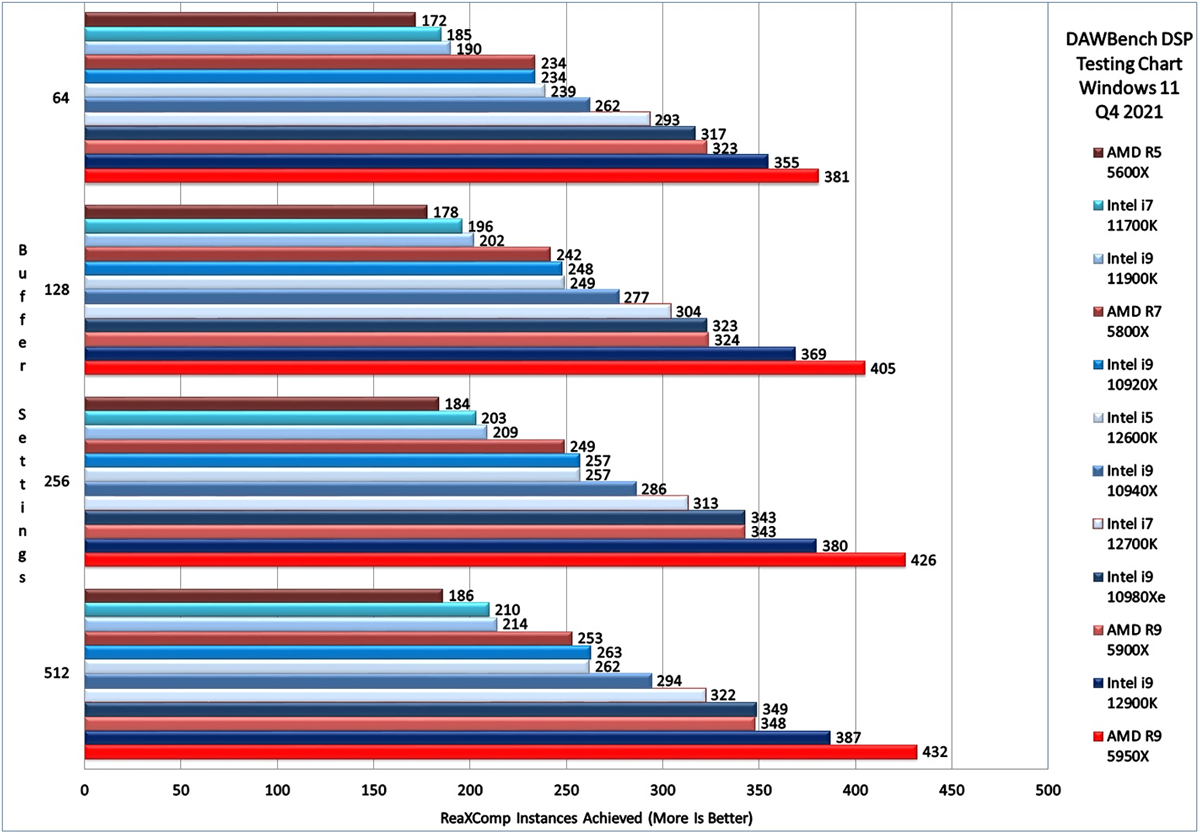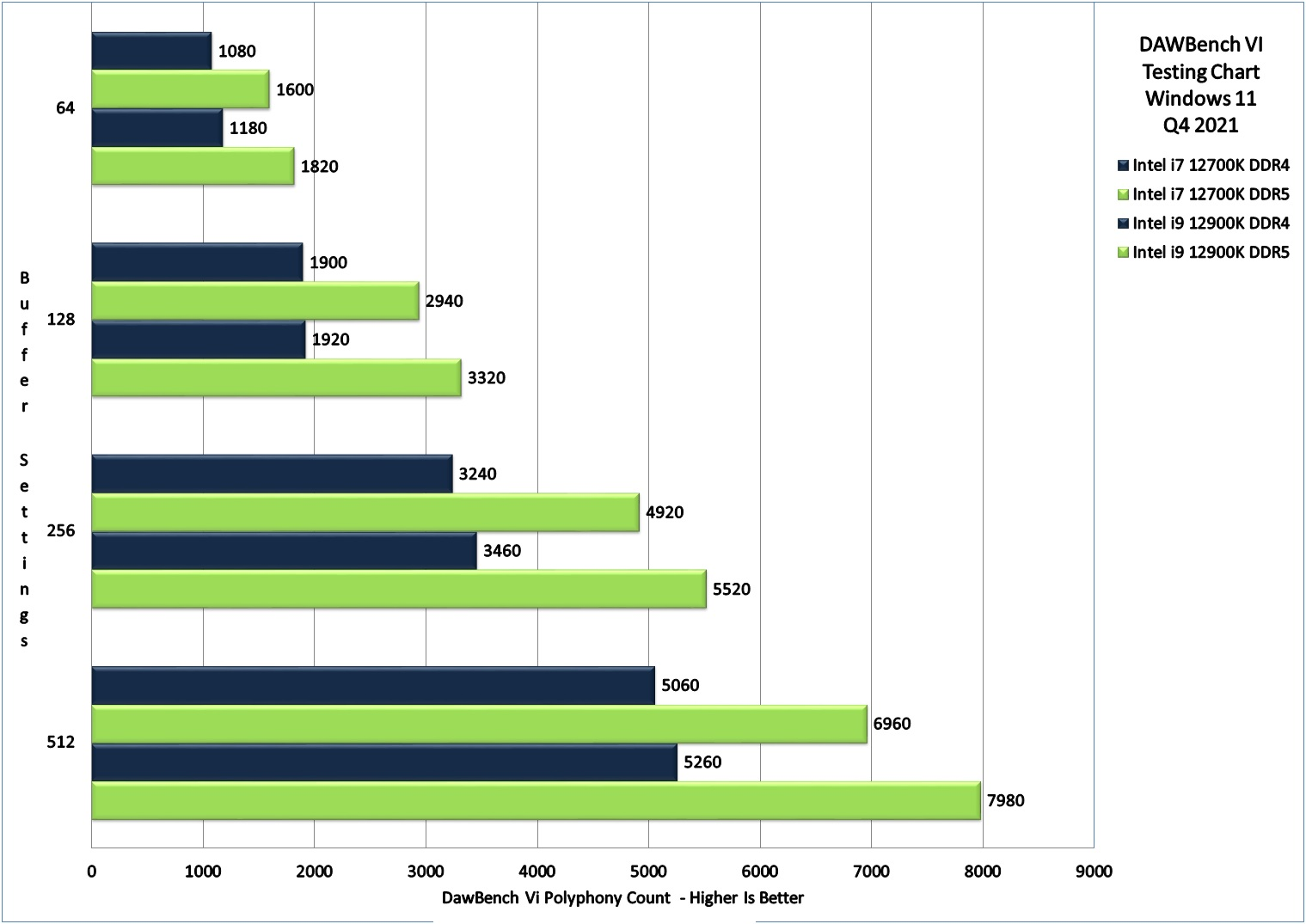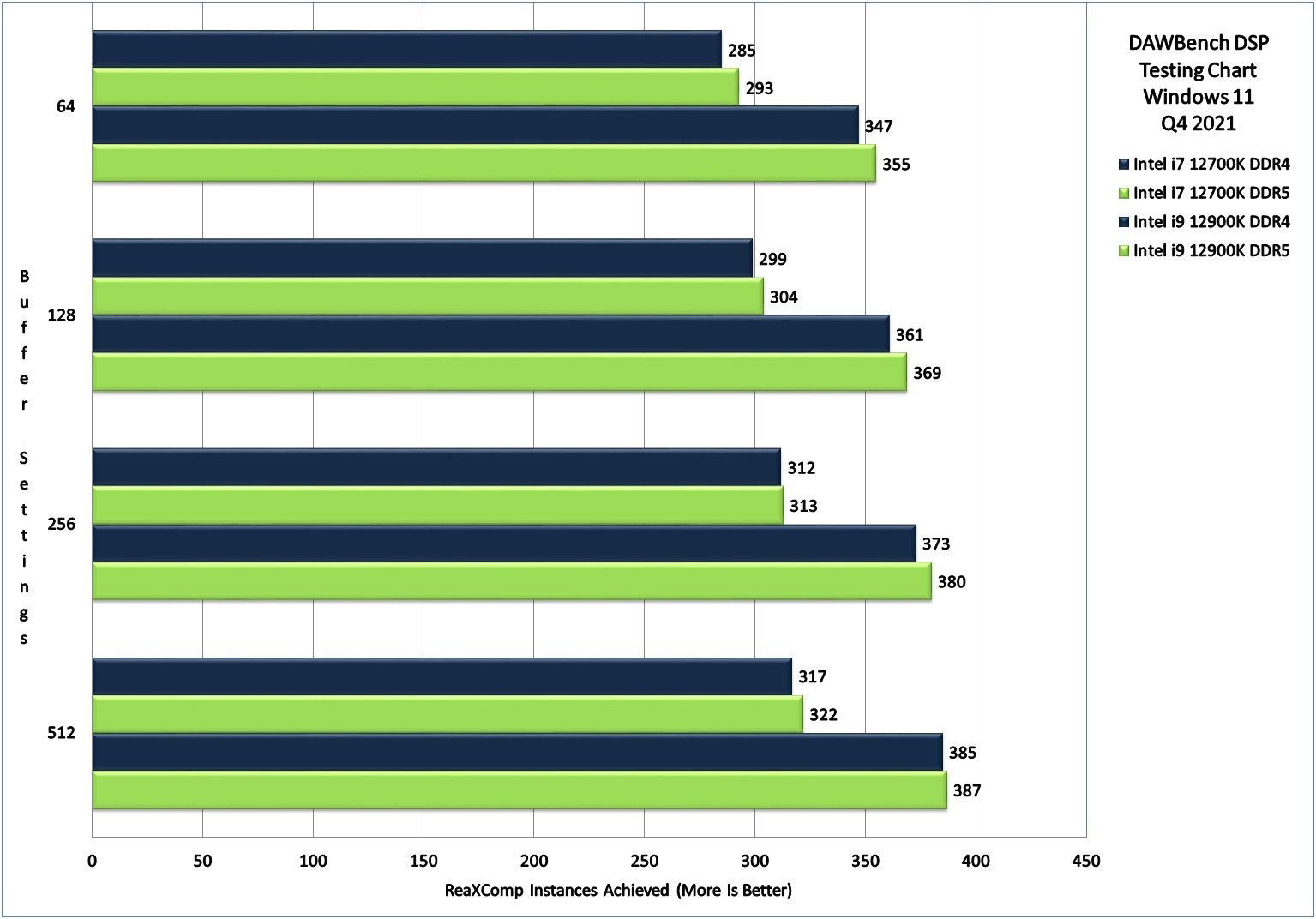Windows 11 round up featuring the release of Intel’s 12th Series CPUs
Welcome to our first Windows 11 round up featuring the recent release of Intel’s 12th Series CPUs otherwise known as Alder lake.
Coming to market with their new “big.little” chip design, these hybrid mixed performance & efficiency core based chips offer a new direction for Intel’s CPU’s. Running a number of higher performance cores with hyperthreading, alongside a number of slower cores without hyperthreading we see the promise of better efficiency through spreading allocating the workload more effectively.
In support we have Windows 11 from Microsoft which has implemented engine changes to help optimize this way of working by utilizing the new Thread Director. Reports from early adopters showed some shifts in performance on older hardware too, notably with problems arising for some AMD setups followed by both Microsoft and AMD pushing fixes quickly in order to resolve these early teething issues.
The benchmarking here has been carried out around the launch of the Intel chips a number of weeks after Windows 11's arrival, with the various updates and fixes already applied in preparation for the testing.
Alongside Intel’s central change to the chip design we also see both PCIe 5.0 and DDR5 arriving for the first time with the Z690 chipset. The PCIe 5.0 board slots will remain backwards compatible and with the slow uptake of PCIe 4.0 hardware over recent years this new standard may also experience slow adoption. There are few add in devices in a studio that would currently benefit from this amount of bandwidth, although that increased bandwidth could offer tempting gains for the manufactures of storage devices in the short to mid-term.
The introduction of DDR5 proves interesting as higher bandwidth solutions tend to help with audio focused loads like our Kontakt based VI test, which we've seen previously with Intel’s X299 quad channel design continuing to do well. Boards are available this generation that support both the newly available DDR5 or the current standard of DDR4, with the testing here being carried out using a DDR5 board and 5200MHz RAM combination.
Memory on all test setups as per our standard systems are run at one level above their stock options. We find this helps to get the best out of each setup, whilst still allowing great compatibly for running fully populated setups.


The switch over to Windows 11 is largely positive across both test setups. The DAWBench DSP CPU focused testing sees gains across each chip particularly at the lowest buffer setting in each instance, whereas the VI test which deals with both CPU and RAM handling also sees improvements, although to a greater degree on Intel's side. The early AMD reported performance issues do look to be largely solved with the AMD chips handling better than under W10, although they don't make quite the same gains as the Intel’s.
The 12th gen Intel’s did well in testing, with the load balancing offered by the Thread Director service appearing to work extremely well. It was possible to fully load up both the performance and efficiency cores fully within Reaper and the quick testing session we did within Cubase shows that Microsoft’s changes look to have paid off.
The sheer number of full speed cores found within the AMD 5950X keeps it ahead for purely CPU related functions, although sandwiched between that and the 5900X comes the 12900K ahead of AMD's own 24 thread offering.
In the DAWBench VI test where memory has more of a bearing, the quad channel based X299 solutions still take full advantage to hold on to the lead at the lowest buffer settings. Then as we step up through the ASIO settings the 12 series comes into its own with the high-speed memory offering found on the Z690 mid-range chips giving the throughput for them to make a great showing.
With boards supporting both types of RAM being available, we took a quick look at the performance differences between the DDR 5 and DDR 4 board options.


Whilst the differences in the DSP focused test are slim, we do however see the benefits of working with the newer DDR5 RAM kits on this platform when it comes to the VI test. It's the more memory intensive DAWBench VI test with its Kontakt focus that sees the biggest gains from the DDR5 speed increase. We'll be taking a further look at this as more RAM kits at various speeds become available, but at this early stage the benefits of working with DDR5 are apparent on the Z690 platform.
It's been long awaited but Intel's change in hardware design looks to have achieved its goals, with everything performing well in early key software testing. A successful launch to see out the year and it leaves us with the promise of more on the horizon with Intel’s high-end platform also due a similar refresh during 2022.
The question now is what has AMD got also lined up for 2022. Rumours of announcements early in the year could see the AMD 6000 series on its way, no doubt with its own set of upgrades. Both firms are now in strong positions for their next push as they refine their respective hardware. We've seen some great gains over the past few generations and we look forward to seeing how they continue to develop over 2022.